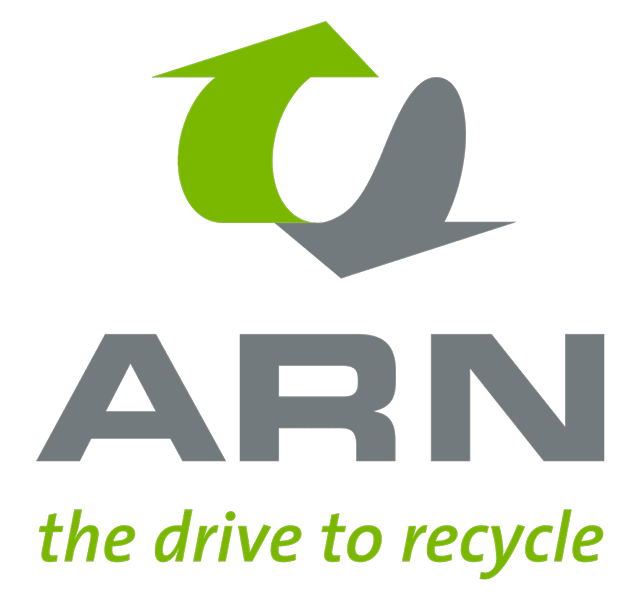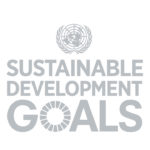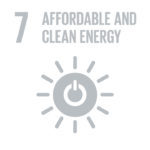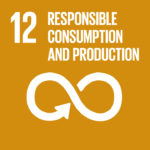Four experts tread the path to circularity
What do we need to use more recyclates?
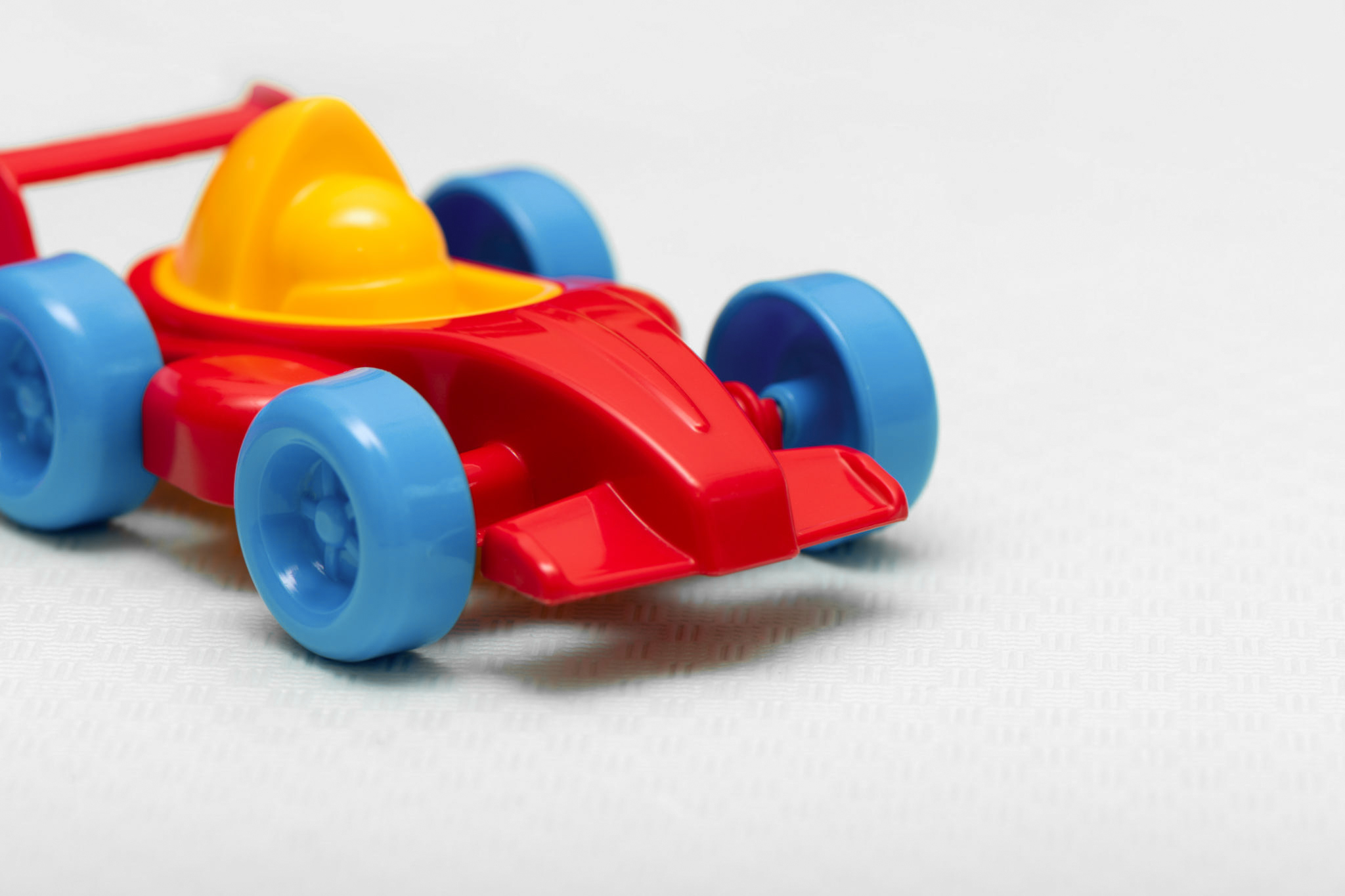
All-too-often car manufacturers ignore recyclates. Recycled materials, they reason, are more expensive and of lower quality than virgin raw materials. Moreover, they think that the supply is limited and delivery uncertain. All this begs the question of exactly what will it take for car producers to start using recyclates more often than virgin raw materials. Three experts react.
Anne van Bruggen and Michelle Zonneveld, RIVM
“From now on, first set qualitative goals, then quantitative”
Anne van Bruggen and Michelle Zonneveld are involved in a strategic research project of the RIVM (National Institute for Public Health and the Environment) called “Qonnect”. The objective is to assess solutions for a higher-value plastics cycle. Based on literature research and discussions with stakeholders from all corners of the automotive industry, including ARN, they inventoried potential bottlenecks and solutions. They concluded that any transition calls for a different focus: not generic on recyclate volume, but specific on material and quality.
When designing a car, you have to take into account the reuse of parts and recycling of materials. If you put in as few harmful materials as possible up front, you won’t have to remove them or make allowance for them further down the line, when reusing or recycling those materials. And if you design in a modular manner, it will be easier to dismantle and reuse car parts.
If you want to recycle more of a car, it’s imperative that you know which parts contain hazardous materials and whether people and the environment will be exposed to them. Better cooperation and knowledge-sharing between stakeholders in the automotive industry could be part of the answer.
The main focus of the ELV Directive is quantitative: 95 per cent recycling or energy recovery. In practice, however, realising that objective leads to a lot of downcycling. The recyclate that is currently delivered is often of such low quality that it has few potential applications. Furthermore, contrary to what we are trying to achieve, it cannot be reused in new parts. If the focus were to be placed on specific materials and their quality, it would be possible to reuse a lot more material for high-value applications.
At the moment virgin materials are still cheaper than recyclates, which translates to a clear incentive to keep using primary materials. Scarcity would stimulate recycling. But for commonly used materials like plastic, the current low price of oil means that this is certainly not the case. Introducing financial incentives, such as imposing an environmental tax on the ecological footprint of one or more life cycles of a product, might grow the market for recyclates. You often hear that this market is very limited, which gives little incentive to the suppliers of recyclates to invest in technologies that would deliver the right level of quality in their product. What customers – the users of recyclates – want, is a degree of certainty: is enough good quality recyclate being provided by enough different suppliers? It’s the chicken-and-egg dilemma, with potential suppliers and customers waiting for the other to make the first move. There is also a preconception that recyclate is less pure and of lower value than virgin material, despite there being examples of this certainly not being the case. Increased consultation within the chain, more contact between producers and recycling companies and clear mutual agreements will all help.

Nick Silk, Tata Steel IJmuiden
‘We need better separation, and that’s the responsibility of the whole chain’
Nick Silk is Sustainability Lead for Automotive at Tata Steel. Tata Steel Europe is a specialist in the reuse of steel into high-value recyclate, but concedes that there is much room for improvement.
“Only 40 per cent of global steel demand can be met by recycling, which means we will need to rely on new pig iron for many years to come. Steel is 100 per cent recyclable, but current oxygen steel production technology only allows you to add up to 20 per cent scrap to the primary iron. If this percentage is exceeded, the temperature in the furnace will drop too much and jeopardise the process. From about 2030, we want to start using new technologies that will increase recycling levels to around 50 per cent. We will then combine the electric-arc furnace, or EAF – which allows you to recycle up to 100 per cent scrap – with new ways of producing iron. Such as our own HIsarna method, for example, for which we are running a pilot in IJmuiden. The basis of HIsarna is a reactor vessel in which carbon particles attack the iron oxide in a cyclone. The process is much more CO2 friendly than a traditional blast furnace. What’s important here is that the HIsarna/EAF combination means we will soon be able to recycle automotive steel. Currently this has a zinc coating to inhibit rust, which makes the steel difficult to recycle using current techniques. However, in the HIsarna reactor vessel the high temperature causes the zinc to evaporate and that can then be harvested separately for further processing and reuse.”
“During the next five to ten years, we expect to take huge strides in improving the quality of scrap for steel recycling. It will be more labour-intensive for processors, so there are costs involved. But, by the same token, the value of scrap is also expected to rise, particularly with the advent of the high-tech electric car, which is full of precious materials. The demand for recycled steel is also increasing, especially among car manufacturers. They are keen to reduce their CO2 emissions and a car made from recycled steel is a relatively easy sell.”
“Many types of steel can easily be recycled together; others depend much more on the quality of the scrap. To obtain the highest levels of recycled material in the most critical products, separation by steel type will also be necessary. The high-strength steel used to make the central pillars of a car, for example, is of a different quality than the more ductile steel used for its external panels. Combining these types of steel during the recycling process will pollute the mix. If car manufacturers were to start marking steel by type digitally, it would help to recycle the steel types more efficiently.”
Sustainable Development Goals
For the fourth year, ARN has measured itself against the benchmarks of the Sustainable Development Goals (SDGs) in the context of being “lean and green”. The SDGs depicted here apply specifically to the content of this page.
Barend Ubbink, ARN
‘We need new techniques to sort plastics after the shredding phase’
As a consultant, Barend Ubbink, Quality Assurance Manager at ARN, has continuously scoured the market these past few years for buyers of car-recycling products. His focus was mainly on plastics from the separation processes of the PST factory. He is convinced that better separation is the key to being able to use more plastic recyclate.
“The biggest obstacles in using more recyclates in cars are related to plastics. Processing plastics into a high-value material that retains the same functionalities and properties is difficult. As a car marque, you cannot afford to compromise. To replace virgin plastics more often with plastic recyclate, four things are crucial: quality, quantity, price and incentives.
If you have pure recycled plastic material, it can be reshaped and the quality of the end-product will remain the same. The main problem, however, is that plastic components in cars are often combinations of materials, such as a bumper with a paint layer, for example. That layer cannot be removed so it ends up in the recyclate. This is why better separation techniques are necessary.
Quantity is also important. Car producers need to be able to count on an adequate supply of recyclate. That said, a temporary shortage needn’t present a problem either, because the mix can always be supplemented with virgin material. But the supply of plastic recyclate is growing, spurred by innovative techniques that are making better sorting and separation possible.”
“And then there is price. The current low price of oil is keeping the cost of virgin plastic low. Given that recycled plastic is relatively expensive, manufacturers are understandably opting for virgin material. Moreover, supply is plentiful and quality is assured. Producers already opting for recycled plastics are mainly doing so on principle.
When talking about incentives, it not only comes down to costs, but also sustainability, marketing and compliance. European regulations that require the use of a certain percentage of recycled material in cars would serve as an effective impetus. The smartest way seems to be to place the obligation on suppliers. Do it from the bottom and allow the effect to trickle up. It wouldn’t matter which supplier a car manufacturer chooses; the supplied parts would partly comprise recyclate.”
“As for the role of ARN in all this, we can help by optimising the chain and keeping a sensitive finger on the pulse of developments and improvements in the field of sorting techniques. One of the most important ways of moving forward is by developing better separation techniques for post-shredder plastic flows. Before long, we will be better at identifying different types of black plastics, thanks to the use of light with special wavelengths, for example. Innovations like this will help us to improve our sorting and thus recycle more cleanly – resulting in a higher-quality recyclate.”

Developments in the European Commission
Recycling should play a more important role in new-vehicle development
Within the European Commission, the Directorate General for the Environment is currently revising the ELV Directive, the most important legislation and regulations for the European car-recycling sector. What opportunities has the Commission identified to increase recycling and facilitate the use of more recyclates?
A lot has changed in the European car-recycling sector since the ELV Directive was launched in 2000. The number of ATFs (Authorised Treatment Facilities) across Europe has increased to 14,000 and there has been a significant reduction in the use of heavy metals in new vehicles. The 85 and 95 per cent recycling targets have been realised and the vast majority of the total weight of all scrap cars is now gainfully reused. Regulation clearly works. In fact, you need look no further than these results to see that the ELV Directive is one of the most effective guidelines in the European Union. Most of its goals have been realised.
Recycling facing new challenges
However, car production has changed significantly these past 20 years. The introduction of more plastics, carbon fibres and electronics has created challenges for the recycling of end-of-life vehicles. Furthermore, electric vehicles bring challenges all of their own. How, for example, can we tackle the recycling of the batteries that power electric cars and the recovery of the high-value materials used in them?
Reducing waste
The ELV Directive is currently being revised, based on developments over the past 20 years and in the light of political priorities outlined in the European Green Deal and the Circular Economy Action Plan. Both these spearheads in EU policy are focused on the reduction of waste, made possible by improving the design of products, and, to a large extent, placing the emphasis on recycling. The revision of the ELV Directive – taking into account so far its effectiveness, efficiency, relevance, coherence and added value to the EU – shows that huge strides can still be taken when it comes to the traceability of ELVs. Year-on-year, about four million vehicles are simply vanishing from the radar, with the risk that they are not being properly recycled.
Design for recycling
A further spearhead is the emphasis on eco-design. The ELV Directive should encourage the development of new vehicles from the perspective of their dismantling and how recyclable they are. Car manufacturers must provide more information – more detailed, more specific and more measurable – about the materials that they use. Only then will the car-recycling sector be able to function better and with more focus. The revision of the ELV Directive must result in a new legislation proposal from 2022.
